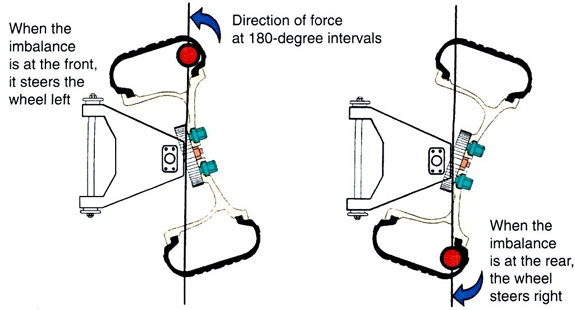MountainDude
Line Up and Wait
- Joined
- Jul 29, 2011
- Messages
- 800
- Display Name
Display name:
MountainDude
My 1976 C182 did not come with the nose wheel pant (previous owner did not answer why).
I see many other C182s without a nose wheel pant (but have the mains).
Any reason why this is the case?
I see many other C182s without a nose wheel pant (but have the mains).
Any reason why this is the case?



